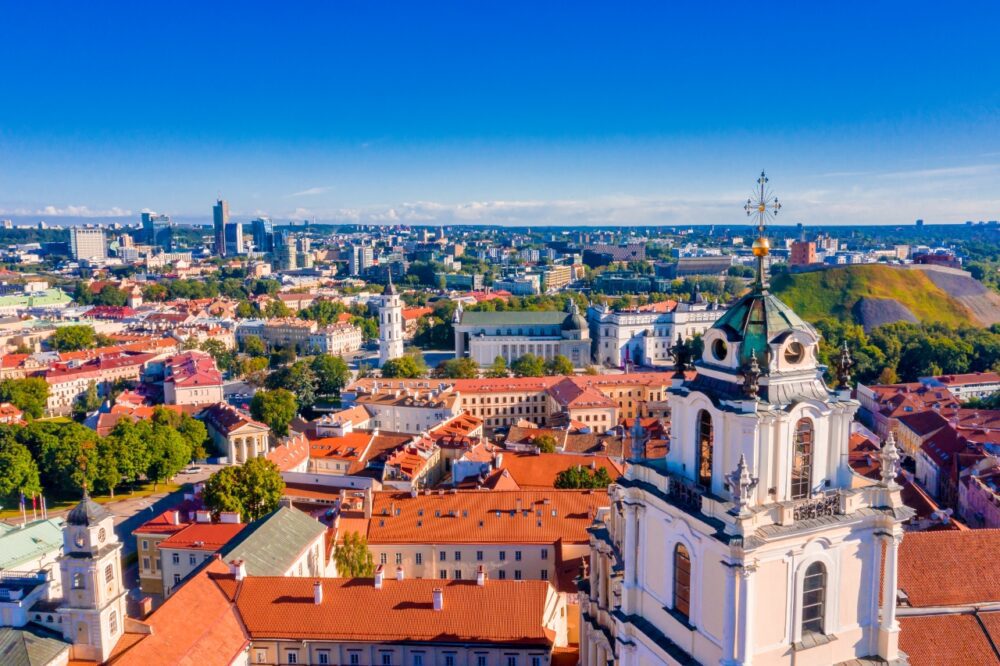
Introduction
Lithuania might be one of Europe’s best-kept secrets. Often overlooked in favour of its more famous neighbours, this Baltic gem is packed with history, culture, stunning natural landscapes, and friendly locals. Whether you’re wandering through the baroque streets of Vilnius, relaxing on the sandy beaches of the Curonian Spit, or exploring the medieval castles of Trakai, Lithuania offers a unique blend of the old and new. It’s a country that manages to feel both intimate and grand at the same time.
I first visited Lithuania on a road trip through the Baltics, and it immediately felt different. The relaxed pace of life, the warm hospitality of the people, and the sense that I was discovering something underappreciated made it a destination that stuck with me. If you’re looking for a European destination that combines history, nature, and a touch of the unexpected, Lithuania should be high on your travel list. Here’s why.
Table of Contents
Reasons You Should Visit Lithuania
1. A Rich Tapestry of History and Culture
Lithuania has a complex and fascinating history, from its time as one of the largest empires in Europe to its more recent struggles for independence from the Soviet Union. This history is visible everywhere you go. In Vilnius, you can wander through Gediminas Castle, a symbol of Lithuania’s medieval power, or visit the Museum of Genocide Victims, housed in a former KGB building, to learn about the country’s more recent history under Soviet rule.
What I found especially moving was the Hill of Crosses near Siauliai, a site of pilgrimage where hundreds of thousands of crosses have been placed over the years, symbolising Lithuania’s resilience and faith. The sheer number of crosses—large and small—gives the hill an almost eerie, yet profoundly moving, atmosphere. Lithuania is a place where history isn’t just studied, it’s felt.
2. Stunning Natural Landscapes
Lithuania’s natural beauty is often understated, but it’s a paradise for anyone who enjoys the outdoors. One of the country’s crown jewels is the Curonian Spit, a long, thin sand dune peninsula that stretches between Lithuania and Russia. I spent a few days in Nida, a small town on the spit, where I hiked through the dunes, biked along the coast, and watched sunsets over the Baltic Sea. It felt like the perfect escape from city life.
Lithuania is also home to vast forests, lakes, and rivers, making it ideal for hiking, boating, and wildlife spotting. I loved exploring Dzūkija National Park, where the peaceful pine forests and quiet villages felt like stepping into another world. If you’re into nature, Lithuania offers a peaceful retreat that’s as beautiful as it is serene.
3. Charming Small Towns and Villages
While Vilnius and Kaunas are Lithuania’s main cities, the country’s real charm lies in its small towns and villages. Trakai, just a short drive from Vilnius, is one of the most picturesque spots I’ve visited. The town’s main attraction is its fairytale-like Trakai Castle, which sits on an island in the middle of Lake Galvė. I spent a sunny afternoon boating around the lake and exploring the castle’s medieval halls.
Each town in Lithuania has its own unique character. Druskininkai, a spa town near the Belarusian border, is the perfect place to unwind and enjoy the country’s natural hot springs. Meanwhile, Klaipeda is a lively port city with German influences, and Palanga offers a beachside escape with long stretches of sand and a lively summer vibe.
4. Affordable and Accessible
Lithuania is one of Europe’s most affordable travel destinations, offering great value for accommodation, food, and activities. Whether you’re enjoying a meal at a local restaurant, exploring a museum, or taking a day trip to a national park, everything feels reasonably priced compared to many Western European countries. I was pleasantly surprised by how far my budget stretched in Lithuania, allowing me to enjoy more experiences without breaking the bank.
The country is also compact, making it easy to explore. From Vilnius, you can reach most of Lithuania’s top destinations within a few hours by car or public transport. During my trip, I based myself in Vilnius and took day trips to places like Trakai, Kaunas, and Alytus without ever feeling rushed. Whether you’re here for a few days or a few weeks, you’ll find Lithuania easy to navigate and full of surprises.
5. Warm, Welcoming People
One of the things that struck me most about Lithuania was how friendly and welcoming the people are. While English isn’t spoken everywhere, especially in smaller towns, locals are always happy to help, and there’s a genuine warmth that makes you feel right at home. I met a local family in Panevėžys who invited me for dinner after I asked for directions. We spent the evening sharing stories and homemade Lithuanian dishes like cepelinai (potato dumplings stuffed with meat)—it was one of the highlights of my trip.
Lithuanians are proud of their culture and traditions, and they’re always eager to share them with visitors. Whether it’s attending a local festival, joining a folk dance event, or simply chatting with a market vendor, you’ll get a real sense of the country’s vibrant spirit and sense of community.
Best Places to Visit in Lithuania
1. Vilnius

The capital of Lithuania, Vilnius, is one of the most beautiful and underrated cities in Europe. The city’s Old Town is a UNESCO World Heritage site, famous for its baroque architecture and winding cobbled streets. I spent days exploring its narrow lanes, with highlights including the stunning St. Anne’s Church and the Gate of Dawn, one of the city’s few remaining original gates.
For a panoramic view of the city, climb up to Gediminas Tower—the view of Vilnius’s red rooftops against a backdrop of lush green hills is unforgettable. The city also has a vibrant arts and café culture, particularly in the Užupis district, a quirky neighbourhood that declared itself an independent republic. Grab a coffee in one of its cosy cafés and soak in the creative atmosphere.
2. Kaunas
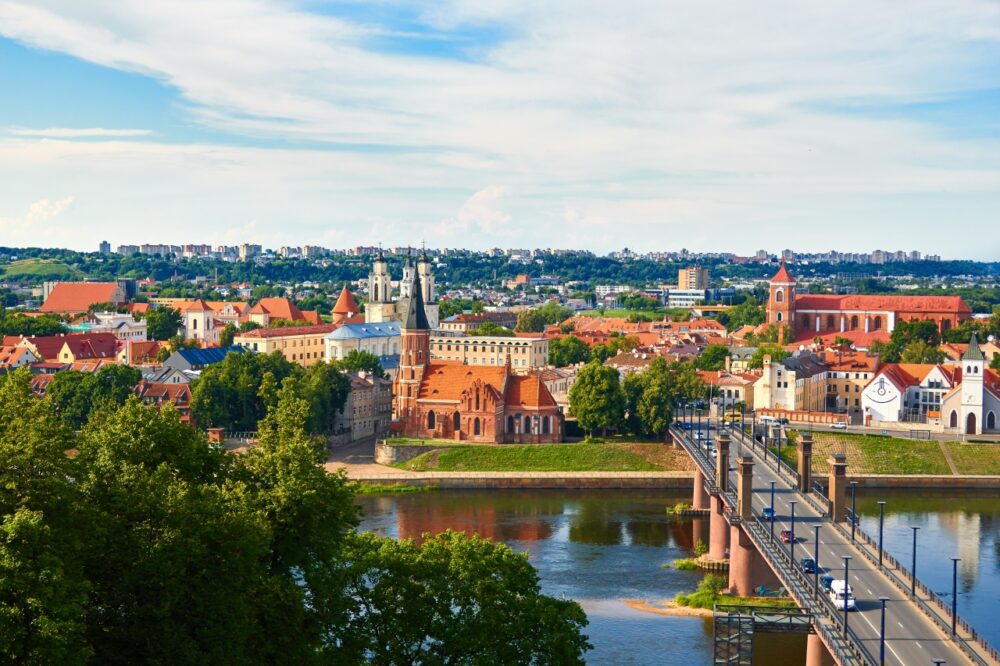
Kaunas, Lithuania’s second city, is an exciting mix of history and modern culture. At its heart is Kaunas Castle, a medieval fortress that offers a glimpse into the city’s past. I enjoyed walking along Laisvės Alėja, the city’s main pedestrian street, lined with cafés, shops, and galleries. The street has a lively energy, especially in summer when locals come out to socialise and enjoy the sunshine.
One of Kaunas’s hidden gems is the Ninth Fort Museum, which tells the story of Lithuania during World War II and the Soviet era. The museum’s exhibits are powerful and thought-provoking, making it a must-visit for history enthusiasts. Kaunas is also a cultural hub, with a growing arts scene and plenty of festivals throughout the year.
3. Klaipeda
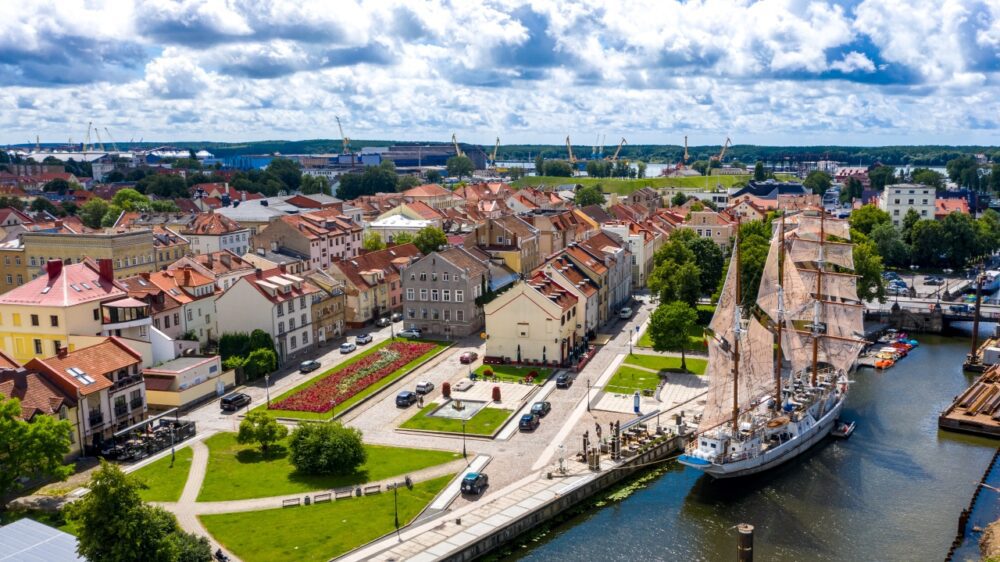
Klaipeda is Lithuania’s main port city, with a fascinating mix of Lithuanian and German influences. The city’s Old Town is full of half-timbered buildings and quirky sculptures, reflecting its rich history as a former Prussian city. I particularly enjoyed walking through Theatre Square, where local musicians often perform, and exploring the narrow, atmospheric streets.
Klaipeda is also the gateway to the Curonian Spit, a UNESCO World Heritage site and one of Lithuania’s most beautiful natural areas. The spit is a long, thin peninsula of sand dunes, forests, and beaches stretching between Lithuania and Russia. It’s the perfect place for hiking, birdwatching, or simply relaxing by the Baltic Sea.
4. Trakai
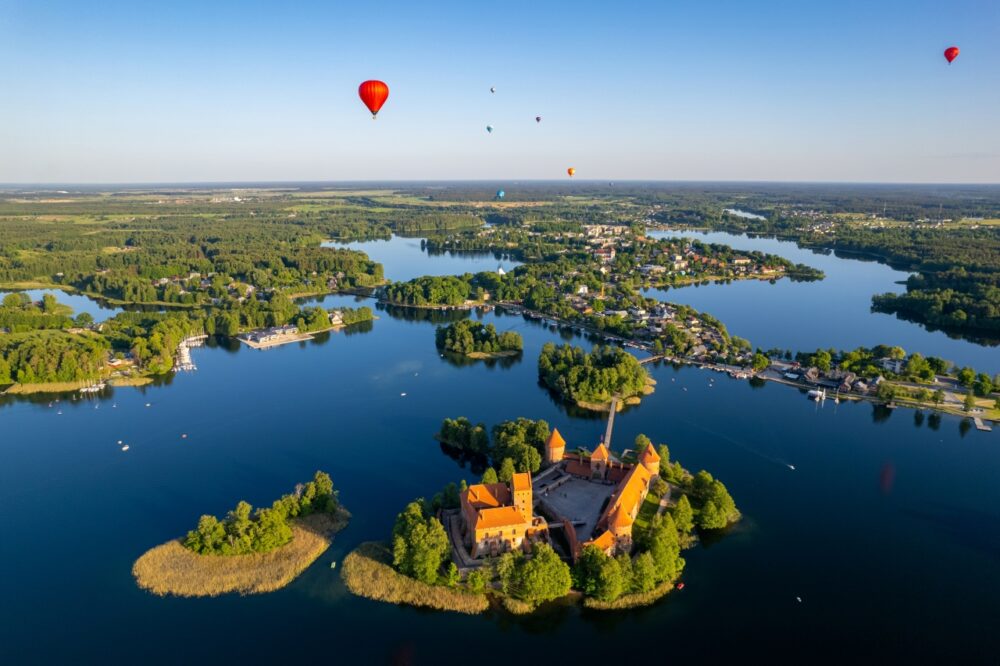
Just 30 minutes from Vilnius, Trakai is one of the most picturesque places in Lithuania. Its main attraction is Trakai Castle, a stunning red-brick fortress that seems to float on the waters of Lake Galvė. The castle is beautifully restored, and exploring its halls feels like stepping back into medieval Lithuania. One of my favourite moments was taking a boat tour around the castle, watching the sunset reflect off the water.
Trakai is also home to the Karaim community, an ethnic group that has lived in the area for centuries. While visiting, don’t miss the chance to try kibinai, a traditional Karaim pastry filled with meat, which you can find in many of the local cafés.
5. Siauliai
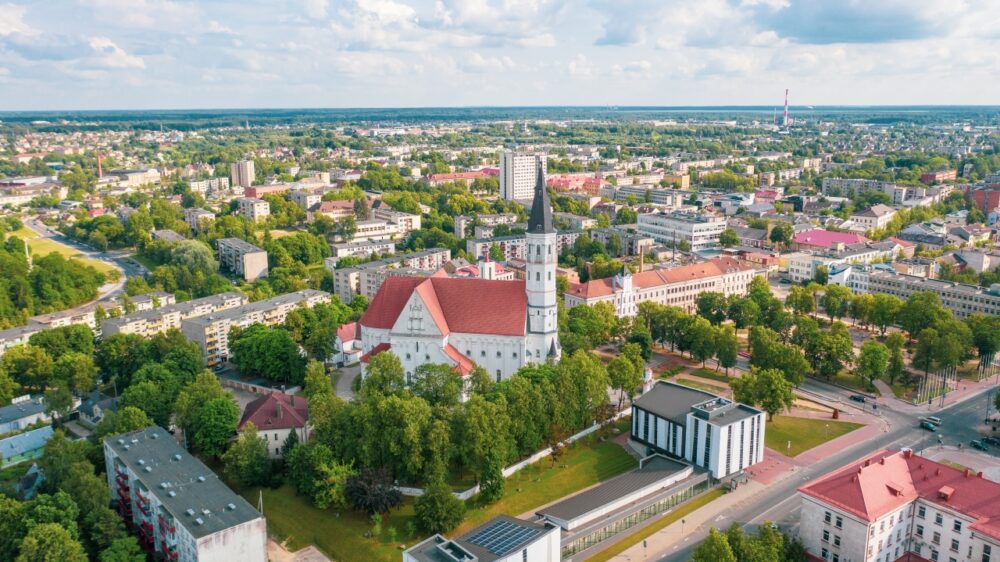
Šiauliai is best known for the Hill of Crosses, one of Lithuania’s most iconic and spiritual sites. This small hill is covered in hundreds of thousands of crosses, placed by pilgrims as a symbol of faith and resistance during the Soviet occupation. Walking through the maze of crosses, I felt a deep sense of the country’s resilience and determination.
Beyond the Hill of Crosses, Šiauliai is a charming town with several interesting museums, including the quirky Chocolate Museum and the Radio and Television Museum. It’s a great place to spend a quiet afternoon, learning about Lithuania’s industrial and cultural heritage.
6. Palanga

Palanga is Lithuania’s top beach destination, and it’s easy to see why. With its long stretch of sandy beach, vibrant nightlife, and lively summer festivals, Palanga is the place to be during the warmer months. I spent a few days lounging on the beach, strolling along the famous Palanga Pier, and enjoying the fresh sea air.
For a bit of culture, visit the Palanga Amber Museum, housed in a beautiful manor surrounded by botanical gardens. The museum showcases an impressive collection of Baltic amber, and learning about the region’s history with this “Baltic gold” was fascinating.
7. Druskininkai
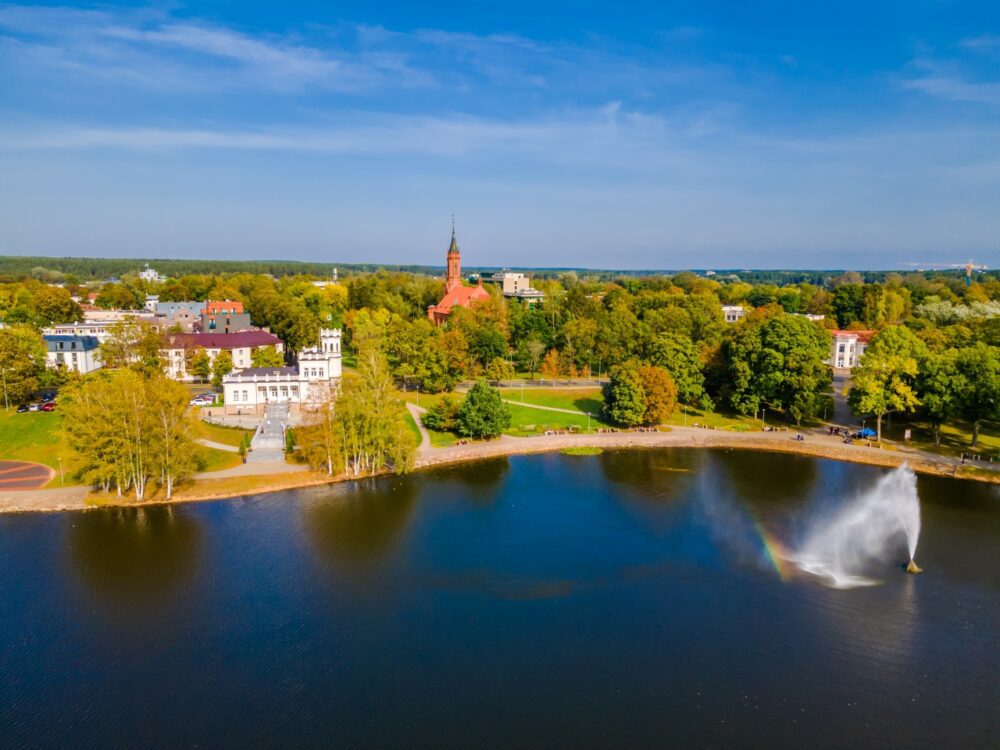
If you’re in need of some relaxation, Druskininkai is Lithuania’s premier spa town. Known for its natural mineral waters and therapeutic mud treatments, it’s the perfect place to unwind. I spent a day at one of the local spas, where I enjoyed a traditional Lithuanian sauna experience and a soothing mineral bath.
Druskininkai is also a great base for exploring Grūtas Park, an open-air museum featuring Soviet-era statues and monuments. Walking through the park is like stepping into a surreal history lesson, with massive statues of Lenin and Stalin scattered among the trees.
8. Panevezys
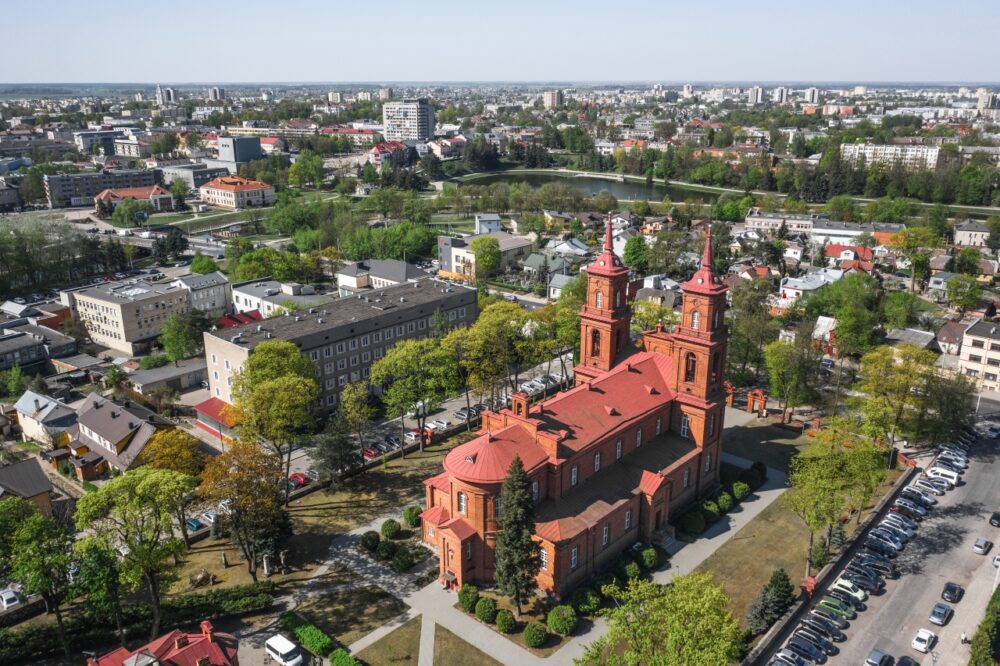
While often overlooked, Panevėžys is a lively city in central Lithuania with a strong cultural scene. The city is home to the Juozas Miltinis Drama Theatre, which has a reputation for being one of the best in the Baltics. I attended a performance there and was impressed by the quality of the production and the atmosphere in the theatre.
Panevėžys is also known for its beautiful parks and riverside walks, making it a great place to enjoy the outdoors. The city has a relaxed vibe, and I found it a pleasant spot to spend a few days exploring its streets and local markets.
9. Alytus
Alytus is a charming town in southern Lithuania, surrounded by forests and rivers. It’s known for its peaceful atmosphere and outdoor activities, particularly cycling and hiking. I rented a bike and spent a day riding along the Nemunas River, taking in the scenic views and stopping for a picnic along the way.
Alytus is also home to one of the longest pedestrian bridges in Lithuania, offering fantastic views of the surrounding countryside. The town is a great spot for nature lovers looking for a quieter, off-the-beaten-path destination.
10. Nida
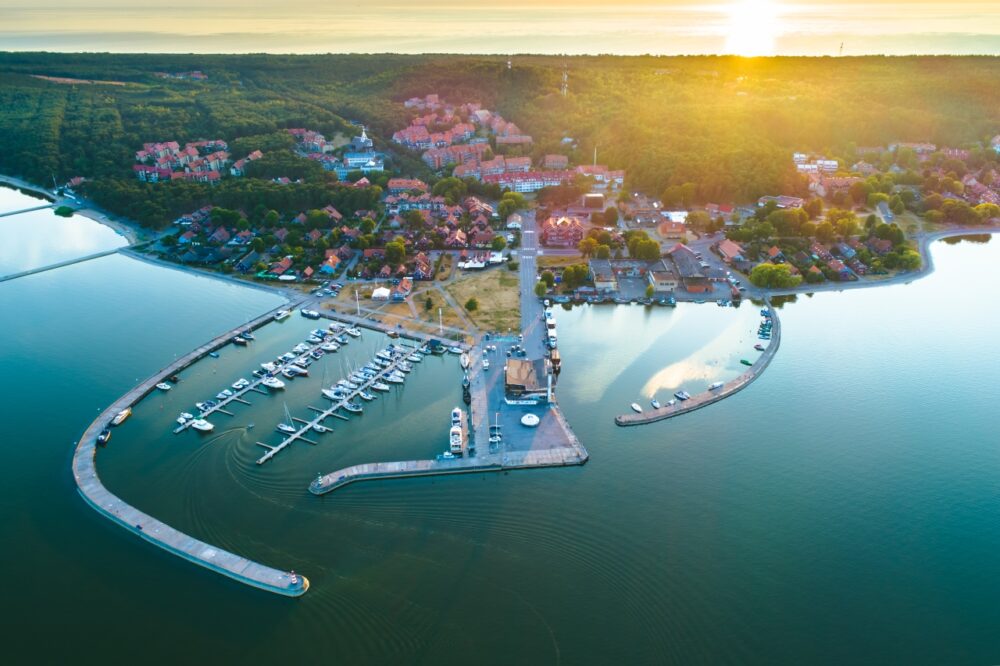
Nida, on the Curonian Spit, is a small, picturesque town that feels like a world away from the hustle of modern life. The town’s wooden cottages and sandy beaches give it a laid-back, almost timeless feel. I spent a few days here, hiking through the sand dunes, cycling along the coast, and enjoying the peaceful rhythm of life.
Nida is also known for its artists’ colony, and you’ll find galleries and workshops throughout the town. The Thomas Mann Memorial Museum, dedicated to the German writer who spent summers in Nida, is a great spot to learn about the area’s cultural heritage.
Travel Tips for Lithuania
Getting Around Lithuania
Lithuania has a reliable and affordable public transport system, with buses and trains connecting most cities and towns. Buses are the fastest and most frequent way to travel between cities like Vilnius, Kaunas, and Klaipėda, while trains are slightly slower but comfortable for longer trips. Renting a car is a great option if you want to explore the Curonian Spit or Aukštaitija National Park, though parking can be tricky in city centres. In Vilnius, the buses and trolleybuses make it easy to get around, and the old town is very walkable.
Best Time to Visit Lithuania
The best time to visit Lithuania is during summer (June to August), when the weather is warm and perfect for exploring the coast or the lush forests. This is also the season for festivals and beach days along the Baltic Sea. Spring and autumn offer mild temperatures and fewer crowds, making it a good time for sightseeing in Vilnius or hiking in national parks. Winter can be cold and snowy, but if you enjoy winter activities and Christmas markets, it’s a charming time to visit.
Passport and Visa Requirements for Lithuania
Lithuania is part of the Schengen Area, so visitors from EU/EEA countries can enter with just an ID card. Travellers from countries like the US, UK, Canada, and Australia can stay visa-free for up to 90 days within the Schengen Zone. Your passport should be valid for at least three months beyond your planned departure. If you’re visiting other Baltic countries like Latvia or Estonia, travelling between them is easy due to open borders.
Currency and Banks in Lithuania
Lithuania uses the Euro (EUR), and ATMs are widely available in cities and towns. Credit and debit cards are accepted in most places, but it’s a good idea to carry some cash, especially if you’re visiting more rural areas or small markets. When exchanging currency, avoid airport kiosks, as they usually offer less favourable rates—using ATMs or exchanging money at a bank is the better option. Tipping is appreciated in restaurants, with 5-10% being typical.
Language and Useful Phrases to Know
The official language in Lithuania is Lithuanian, but English is widely spoken in tourist areas, especially in Vilnius and Kaunas. However, learning a few basic phrases in Lithuanian is always appreciated by locals. Try “Labas” (hello), “Ačiū” (thank you), and “Prašom” (please). In smaller towns and rural areas, you may encounter people who speak Russian as well, but making an effort in Lithuanian will go a long way.
Budgeting and Costs for Lithuania
Lithuania is an affordable destination, with lower costs than many Western European countries. Accommodation, dining, and transport are budget-friendly, especially outside peak tourist season. Eating at local cafes or canteens is a great way to enjoy traditional Lithuanian food without spending much. Public transport, especially buses, is inexpensive and reliable. For travellers on a tight budget, staying in hostels or guesthouses can help keep costs down, and many museums offer discounted or free entry on certain days.
Conclusion
Lithuania is a country that has so much to offer, from its vibrant cities to its peaceful countryside and stunning coastline. Whether you’re exploring the cobbled streets of Vilnius, relaxing on the beaches of Palanga, or hiking through the sand dunes of the Curonian Spit, Lithuania is a destination that will surprise and inspire you at every turn.
What I love most about Lithuania is how it manages to feel both rich in history and fresh with possibility. It’s a place where you can connect with the past, but also enjoy the present—whether that’s through local festivals, a vibrant arts scene, or simply sitting in a café and watching the world go by. If you’re looking for a destination that combines natural beauty, culture, and a touch of the unexpected, Lithuania should be at the top of your travel list. You won’t be disappointed.
